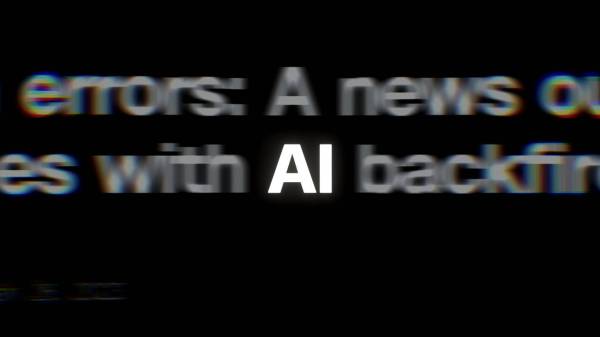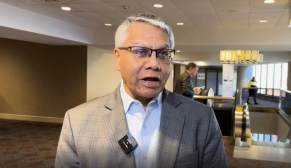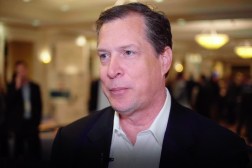Maryland deputy CIO Luis Estrada follows his boss out the door

Just two weeks after the departure of Maryland Chief Information Officer David Garcia, deputy CIO Luis Estrada announced his own resignation from the Department of Information Technology (DoIT) on Monday.
Estrada told StateScoop that his decision to return to consulting was a difficult one and emphasized the dramatic impression that two years in state government had made on him. The deputy tech chief joined the state in 2015, appointed by Republican Gov. Larry Hogan alongside Garcia. He took the position after spending 13 years as a technical program manager at NMR Consulting, an IT consulting firm of which Garcia is founder and CEO.
“My departure isn’t tied to David’s directly, because we didn’t have a pact where, ‘He goes, I go,'” Estrada explained. “I’ve been working with him for 15 years in one capacity or another. … And for the first time ever on February 1, I showed up to work for somebody other than David Garcia. It’s kind of interesting to think of it that way.”
In a LinkedIn blog post announcing his resignation, Estrada noted his embarrassment of having accepted the negative stereotype of the state government worker when he was first appointed. Government employees are “the most capable, motivated, and dependable in the country,” he wrote.
“I am embarrassed to say I had lower expectations when I took this position,” Estrada wrote. “Until and unless you understand the environment, please do not pass judgment. The low-trust nature of government, the lack of profit motive, the frequent change in leadership, the risk aversion that punishes those for taking chances — the system itself — is to blame for any shortcomings.”
In his announcement, Estrada noted the transformation that the department underwent the past two years: the consolidation of an enterprise IT organization that serves 12,000 users; adoption of an agile delivery model as a standard for major projects; curation of vendor outreach efforts that have led to relationships with hundreds of companies; and the creation of a collaborative team culture.
“When I showed up, it was a much different department than I’m leaving,” he said. “A lot of that has to do with good leadership on David’s part, a tight executive team to help implement his vision and his strategy. It’s amazing what happened with a little bit of leadership, a little bit of support, a little bit of encouragement, and the talent just exploded out of the department. It was always there.”
Estrada encouraged those he will leave behind at the state to “embrace change,” continue collaborating and be fearless about sharing their stories with the public.
“Having that leadership and that energy and that sense of purpose that we’re accomplishing something good, we’re transforming IT in the state,” he said. “More people in the state stepped forward and poured their blood and sweat into it and that was really inspiring. And that surprised me the most out of anything.”
Estrada’s last day with the state is Feb. 28.






